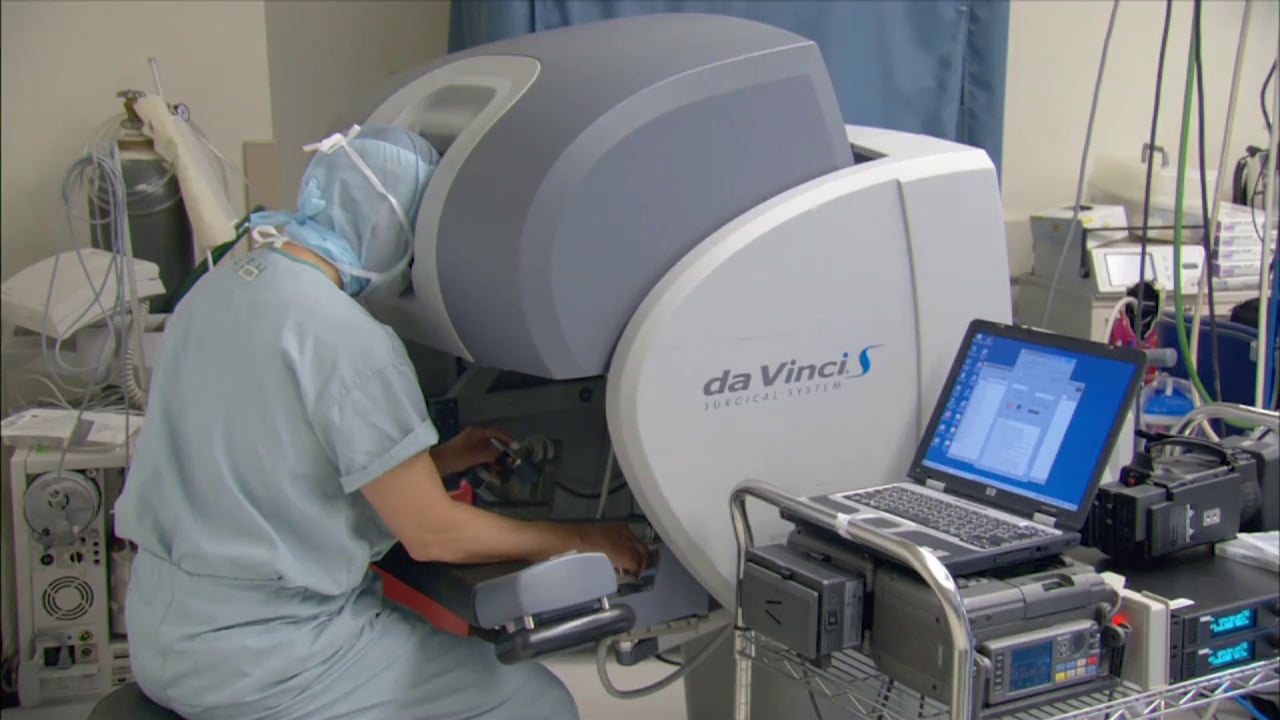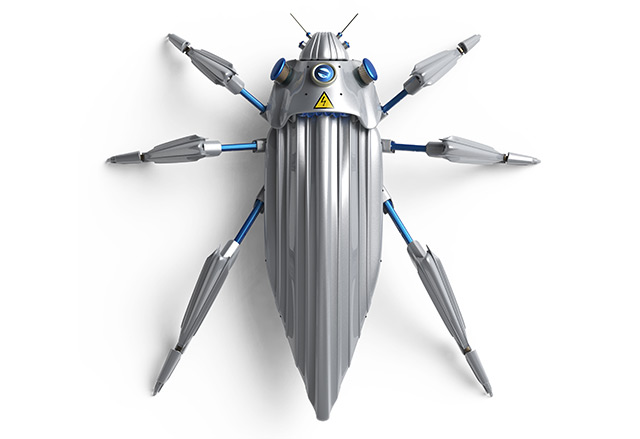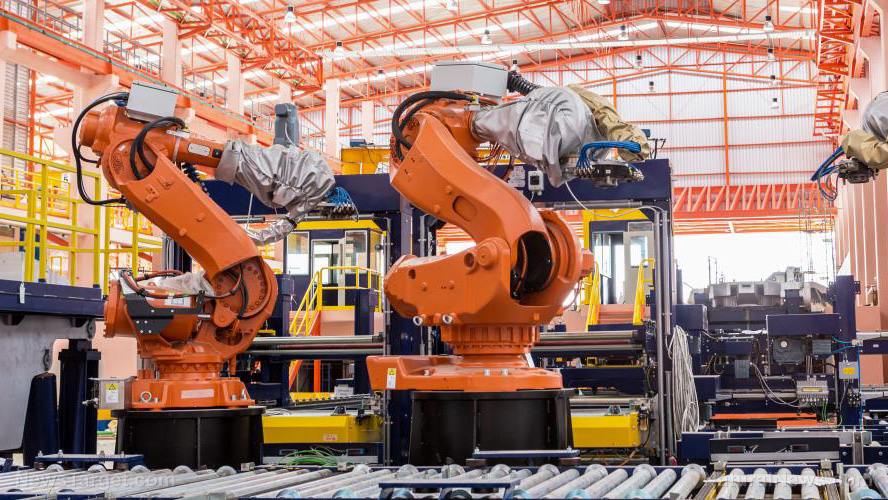Mount Sinai Health System, a pioneer in robotic surgery, has gone a step further and launched a robotics institute to unify its work in the field.
Article by Maria Durben
The Mount Sinai Robotics Institute at the Icahn School of Medicine in New York City pools together physicians from different specialties as well as scientists and engineers to study the effectiveness and safety of robotics surgery, according to Eric M. Genden, M.D., MHA, FACS, the Isadore Friesner Professor, chair of the department of otolaryngology–head and neck surgery and co-chair of the institute.
“The Institute brings together real pioneers in the field of robotic surgery,” Genden tells Hospitals & Health Networks. The Institute’s goals are threefold: to measure outcomes of robotics surgery compared with non-robotic procedures, to foster innovation with scientists and engineers, and to create a rigorous training facility so that physicians will develop these unique skills and techniques.
Robotics has been evolving over time and proving to be useful in reducing patient recovery time and length of stay, enabling surgery to be less invasive, and causing less disfigurement, says Ash Tewari, MBBS, MCh, the Kyung Hyun Kim Chair of the Milton and Carroll Petrie Department of Urology at Mount Sinai and co-chair of the institute.
“Robotics volume is increasing every year and there will be more modalities. Surgeons can integrate data, and superimpose it on a patient’s body and see things they never saw before. With the institute, robotics will grow more but will be more standardized, and training [will be] more supervised,” he tells H&HN.
For example, ENT [ear, nose and throat] surgeons at Mount Sinai are using optical imaging with robotics to determine the margins between abnormal and normal tissue to determine where to make incisions. However, such imaging is not currently being used in OB-GYN surgery; if it were expanded to that specialty, it could have great applications for, say, hysterectomies, Genden explains.
Using an institute to pool resources will also support better evaluation of robotics, says Genden. For instance, because the institute brings together robotic surgeons from 12 disciplines, it enables engineers to hear about problems with the robotics from a greater number of users, which in turn improves research in robotics design and techniques.
Surgeons at Mount Sinai use robotic surgery as a treatment for a number of conditions, including oral and throat cancer, obstetrical conditions, urology and cardiac disease.
“[The institute] is not going to completely change the world, but the hope is that it will have a positive impact. There’s no single way to know if you’re getting good robotic surgery. This will create metrics for quality, training and innovation,” says Genden
Read more at: hhnmag.com





















